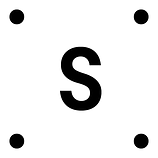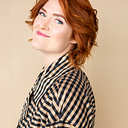Member-only story
Why Sci-Fi Is Bad for Design
Tech that looks cool in the movies is often distracting and frustrating for real users
 Science fiction visions, especially as presented in movies and television shows, have infected our approach to UX and product design. They have nudged us to mistake visualizations that were created for maximum dramatic appeal for solutions that are feasible and desirable, especially over the long term. What looks cool in a science fiction film is frequently frustrating, distracting, and convoluted to use.
Science fiction visions, especially as presented in movies and television shows, have infected our approach to UX and product design. They have nudged us to mistake visualizations that were created for maximum dramatic appeal for solutions that are feasible and desirable, especially over the long term. What looks cool in a science fiction film is frequently frustrating, distracting, and convoluted to use.
I recently got a chance to preview Amazon’s “Home of the Future.” It was the oldest thing I’d seen in years. You can see why in this photo I took of the interior: Sterile and impersonal, it looked less like a home than a showroom, harkening back to retro-future themes from Monsanto’s vision of “the kitchen of the future” from the 1950s. Amazon innovates in many different ways, but this home takes voice to an unnecessary new level. For instance, you can ask Alexa to make some popcorn for you, but you have to include both the brand name and the weight of the popcorn in your request.
Amazon’s “Home of the Future” subscribes to an outdated idea about what convenience, coziness, and usability really feels like. Consider several technologies we first saw in science fiction that have evolved into whole…

